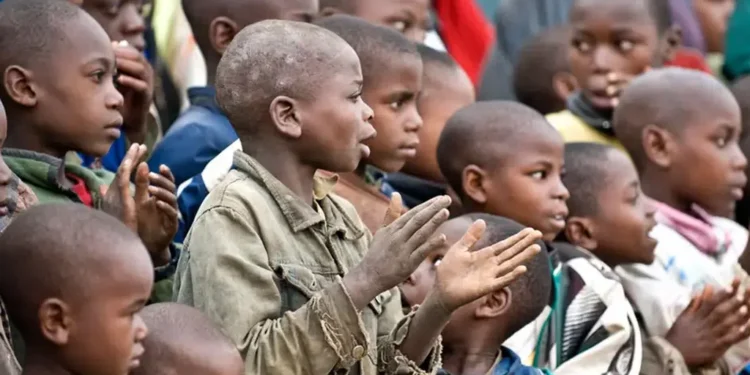Africa is home to 54 nations, ranging from global giants like Nigeria to tiny island states with fewer people than a single Kampala suburb. While Africa’s population surpassed 1.4 billion in 2025, a few nations remain sparsely populated — often due to geography, limited land area, or island isolation. Here are the 10 smallest African countries by population in 2025, based on the latest UN and World Bank estimates.
1. Seychelles – Population: ~107,000
Seychelles is Africa’s smallest country by both area and population. Located in the Indian Ocean, this island nation thrives on tourism, fishing, and offshore banking. Despite its small size, it enjoys one of Africa’s highest GDP per capita rates, making it both tiny and wealthy by regional standards.
2. São Tomé and Príncipe – Population: ~230,000
This two-island nation off the western coast of Central Africa remains one of the least populated countries on the continent. Its economy depends on cocoa production, fishing, and tourism. The islands are known for their lush rainforests, volcanic peaks, and growing ecotourism sector.
3. Cape Verde (Cabo Verde) – Population: ~580,000
Situated in the Atlantic Ocean off the coast of Senegal, Cape Verde has a stable democracy and a vibrant tourism-driven economy. Its small population benefits from strong diaspora remittances and consistent investment in renewable energy and education.
4. Comoros – Population: ~870,000
Located between Madagascar and Mozambique, Comoros is a small archipelago nation with a predominantly Muslim population. Agriculture and remittances are the main sources of income, though the country faces challenges in infrastructure and employment.
5. Djibouti – Population: ~1.1 Million
Strategically positioned at the entrance to the Red Sea, Djibouti plays a key role in global maritime trade. The country hosts several foreign military bases, including those of the U.S. and China, and earns significant income from port and logistics services.
6. Eswatini (Swaziland) – Population: ~1.2 Million
Eswatini, one of Africa’s last absolute monarchies, lies between South Africa and Mozambique. Though small in population, it has a diverse economy driven by sugar exports, textiles, and mining. Its scenic landscapes and cultural festivals also draw tourists year-round.
7. Mauritius – Population: ~1.3 Million
Mauritius is an Indian Ocean island known for its stable governance, luxury tourism, and advanced financial sector. The nation has successfully transitioned from an agricultural economy to a high-income service-based economy, making it one of Africa’s most developed states.
8. Equatorial Guinea – Population: ~1.7 Million
Despite its small population, Equatorial Guinea is one of Africa’s wealthiest nations due to its oil and gas reserves. However, income inequality remains high, and efforts to diversify the economy are ongoing to reduce dependence on hydrocarbons.
9. Guinea-Bissau – Population: ~2.1 Million
Located in West Africa, Guinea-Bissau is small, with an economy heavily reliant on cashew nut exports and fishing. Political instability has hindered consistent development, but the country remains rich in biodiversity and cultural heritage.
10. The Gambia – Population: ~2.7 Million
The Gambia is mainland Africa’s smallest country, stretching along the Gambia River and surrounded by Senegal. Its economy relies on agriculture, remittances, and tourism, with recent growth in infrastructure and education improving living standards.
Conclusion
While these countries are small in population, many play vital roles in regional trade, tourism, and diplomacy. Their size often allows for tighter governance, niche economies, and a strong sense of national identity. In a continent of rapid population growth, Africa’s smallest nations remain reminders that size does not always determine strength, stability, or prosperity.








